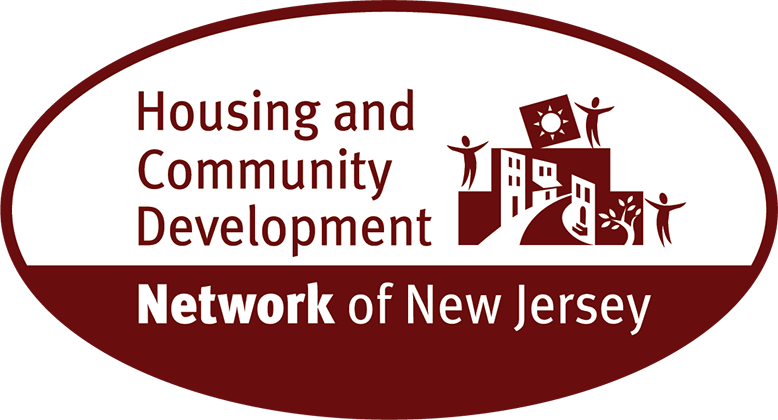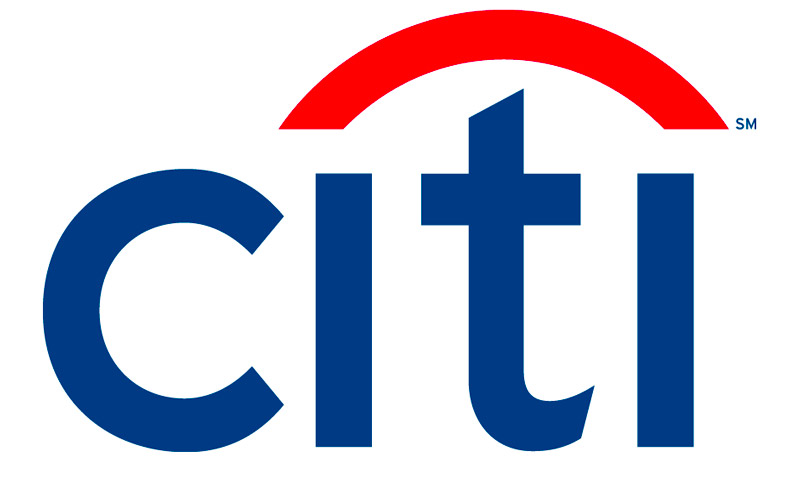| Slow pace of Sandy aid distribution focus of N.J. Assembly hearing |
 Published January 9, 2014 By Erin O'Neill TRENTON — With an eye toward the second round of federal Hurricane Sandy aid headed to New Jersey this spring, victims and policy advocates today pushed for the state to make changes to its housing recovery efforts. Richard Constable, the head of the state agency spearheading those efforts, acknowledged challenges with rolling out programs but told legislators at an Assembly housing hearing in Trenton this afternoon that substantial progress has been made. He said that about half of the money the state received in the initial portion of federal Sandy aid last year has now been appropriated. “I wish that this could process could be faster, simpler and easier,” he said. At the more than two-hour long hearing, residents expressed with frustration with state grant programs, as well as flood insurance companies, and asked for more help in piecing their lives back together. The state received nearly $1.83 billion in Community Development Block Grants from the U.S. Department of Housing and Urban Development last spring, most of which was dedicated to housing recovery programs. The largest of those programs, the Reconstruction, Rehabilitation, Elevation and Mitigation or RREM grant program, offers homeowners up to $150,000 to fix their residences. Homeowners have complained about lengthy delays with the RREM program. State officials attribute the slow process to federally-mandated hurdles, like environmental reviews. Lee Ann Newland, a 49-year-old resident of the Shark River Hills section of Neptune, said she was put on a waiting list for RREM. But she said she would rather receive what she feel she deserves from her flood insurance policy than receive a grant. “I don’t want to be involved in the state program. They’re taking too long,” she said. “That’s kind of our last resort.” So far Newland, a teacher, has received $118,000 from her flood policy but she said she needs about $80,000 more to fix her house. Bill Halbeisen said he may have to live in a tent in the backyard of his Manahawkin home, which flooded with more than four feet of water. The 67-year-old said he’s also been put on the waitlist for the RREM program after successfully appealing an initial rejection of his application. He said he has file after file of paperwork. “It’s a full-time job doing this,” he said. The state Department of Community Affairs received more than 15,000 applications for the RREM program. More than 8,200 homeowners were placed on the waitlist while more than 4,100 homeowners were notified they will receive an award. Some 2,400 homeowners were deemed ineligible. The state has asked the U.S. Department of Housing and Urban Development to approve a plan to shuffle some funding allocated in its recovery plan to other, less-in-demand initiatives to the housing programs Constable said he expects to receive that federal approval “any day now.” The approval would allow the state to move $110 million to the RREM program, which Constable said move about 1,000 homeowners off the waitlist. Constable said his agency is currently working on developing the plan to spend the next round of Community Development Block Grants being doled out by the federal government. The state will receive more than $1.46 billion in that round. Constable said he intends to “allocate a significant portion” of those funds toward serving homeowners on the waiting list. The heads of housing policy groups, the president of the New Jersey chapter of the NAACP and other advocates also spoke during the hearing, pushing for the state to make certain changes in how they allocate the next round of aid including focusing more on renters. Staci Berger, the president of the Housing and Community Development Network of New Jersey, said she wants to ensure that “the needs that folks have now that are unmet get met in the next tranche.” |













